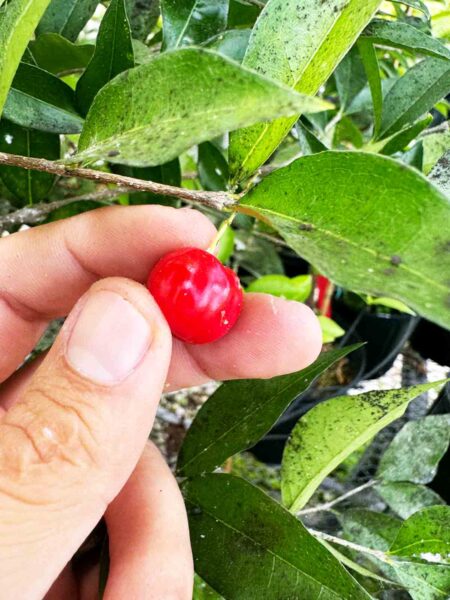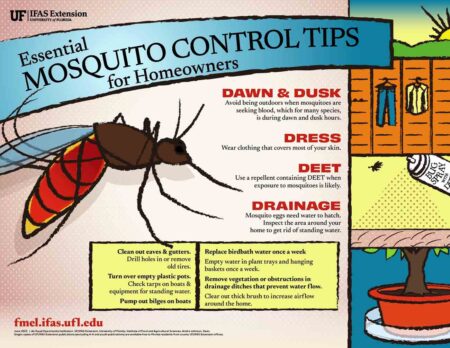Warm-season grasses slow down their growth in response to temperature and day length. Research suggests that in Northwest Florida it is best not to fertilize our warm-season lawn grasses such as centipede and St. Augustine late in the year with high nitrogen fertilizers.
NICEVILLE, Fla — Research suggests that it is best not to fertilize our warm-season lawn grasses such as centipede and St. Augustine late in the year with high nitrogen fertilizers.
Dr. Laurie Trenholm, UF/IFAS Extension Turfgrass Specialist, summarizes this research in today’s article.
Warm-season grasses slow down their growth in response to temperature and day length. Nitrogen application disrupts this natural cycle by promoting growth, leaving the turf susceptible to other stresses. Because the root system is less active during fall and winter, the lawn is able to take up less nitrogen. Nitrogen that’s not taken up has a greater probability of leaching, potentially resulting in pollution of groundwaters.
Research on late fall nitrogen fertilization of lawn grasses has looked mostly at bermudagrass. Nitrogen applied at the onset of short-days (fall) increased clippings and color in bermudagrass but this practice could potentially increase leaching loss of the nitrogen. The increased color does not justify the potential risk of nitrogen leaching into our waters. While it appears bermudagrass can safely be fertilized with late-season nitrogen applications, the research directly measured the fate of the nitrogen and how much was taken up by the grass vs. how much was leached through the soil.
When considering these findings, it’s critical to take into account the differences of bermudagrass vs. centipedegrass and St. Augustinegrass. Bermudagrass has rhizomes (below ground runners). Centipedegrass and St. Augustinegrass do not have rhizomes, which makes them more vulnerable to environmental stresses and leaves them less able to survive severe injury, including cold injury, to above-ground shoot tissue. This is an important and often overlooked difference of these two types of grasses.
When looked at from a turf physiological and morphological perspective, there is not much to recommend late season nitrogen applications to centipedegrass and St. Augustinegrass. Late season potassium, on the other hand, may offer benefits, provided it’s not applied too late in the season for adequate root uptake. This is the justification for winterizers such as 5-0-15, 5-0-20, 0-0-7 or 9-2-24. But, considering research findings don’t support the benefit of higher nitrogen winterizers and considering negative environmental implications due to potential nitrogen leaching, late fall fertilization with nitrogen should be approached with a great deal of caution.
UF/IFAS research is continuing to be conducted in three locations, including Milton and Gainesville, on these late season nitrogen application issues. It is advisable to be cautious with late season fertilizations, particularly those with much nitrogen.
Larry Williams is the Extension horticulture agent with the Okaloosa County Cooperative Extension Service, University of Florida. Contact Larry at 689-5850 or email lwilliams@myokaloosa.com.







